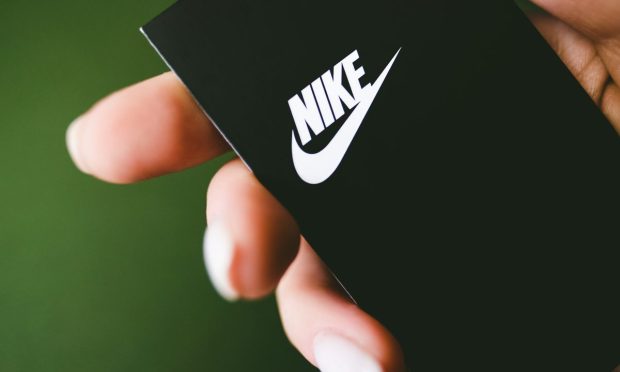Nike Stock Soars as Record Membership Drives 34% Spike in Digital Sales

Nike stock soared after strong demand for its products allowed it to do something few other brands can: charge full price.
At the same, the Swoosh brand owner says it is “investing in markdowns” and using those promos to attract new members and drive its overall sales and budding Consumer Direct strategy.
“Q2 was our biggest member demand quarter ever, and we saw double-digit growth in member engagement,” Nike CEO John Donahoe told analysts on the company’s fiscal 2nd quarter earnings call Tues (Dec 20).
“Membership was a key reason our digital business grew an industry-leading 34% this quarter,” he added, crediting the company’s 160 million active members who are not only engaging more often, but also account for more than 50% of store demand.
While the iconic 50-year-old brand’s stock has been struggling this year with a 35% decline, the company’s shares were up 12% in extended trading after the report as investors were pleased to see 17% revenue growth at a time when consumer spending on discretionary items has been crimped by inflation.
As reported by PYMNTS, many consumers view the current inflationary environment to be twice as bad as the government is reporting, with prices of common household goods drastically increasing while consumers’ own purchasing power dwindles.
Yet despite this reduced consumer spending and broader macroeconomic headwinds, Nike was able to create greater separation from competition by leaning on the meaningful relationship the brand has created with its millions upon millions of active members worldwide — and by further investing in its evolving digital strategy.
As reported on the earnings call, Nike Direct, the brand’s straight-to-shopper businesses, grew 30% on a currency-neutral basis, with Nike Digital up 34%.
“The quality of the business through Nike Digital is among the highest quality that we have across any channel,” said Donahue. “Clearly, our brand continues to not only be top-of-mind, but prioritized by consumers around the globe.”
Digital strategy takes center stage
The Nike brand, once a mall-store staple, has pegged its future growth to digital innovation, distribution changes and new retail concepts meant to entice consumers to shop directly from the brand itself rather than third-party sellers.
“Consumers want to get what they want when they want it and how they want it,” said Donahue on the call. “And consumers have told us they want a consistent, seamless, and premium experience, both digitally and physically. With a consumer base that comes directly to our apps, to our website, and to our owned and partner stores, we, alongside our partners, are in a position to control our own destiny.”
The company indicated that current macro headwinds like foreign currency exchange rates and inventory challenges are transitory, while its fundamental business tailwinds are structural. These tailwinds include consumers increasingly moving toward digital, and cultural priorities shifting to emphasize comfort, health and wellness.
Nike continues to see strong full price realization in its own channels, as having a direct connection with the hyper-loyal brand base avoids the risk of disintermediation.
Nike’s connected membership program remains mission-critical, helping the brand grow its business by giving consumers a personalized, data-fueled experience across channels.
The company also noted that its shoes dominated the World Cup, with Nike-brand soccer cleats scoring more goals than all other competitor brands combined.
While the company said its inventory reduction plan set in motion 90 days ago was progressing to plan, the re-opening of China — its second-most important market — is set to be a major contributor going forward.
While Donahoe warned that economic headwinds still persist, he said they would be offset by Nike’s strengths and unique brand positioning.
“Our current headwinds, such as foreign exchange and inventory challenges, are transitory,” Donahoe told investors. “But our tailwinds are structural, like the expanding definition of sport, the consumers’ move toward digital and the cultural shifts toward comfort and health and wellness.”
